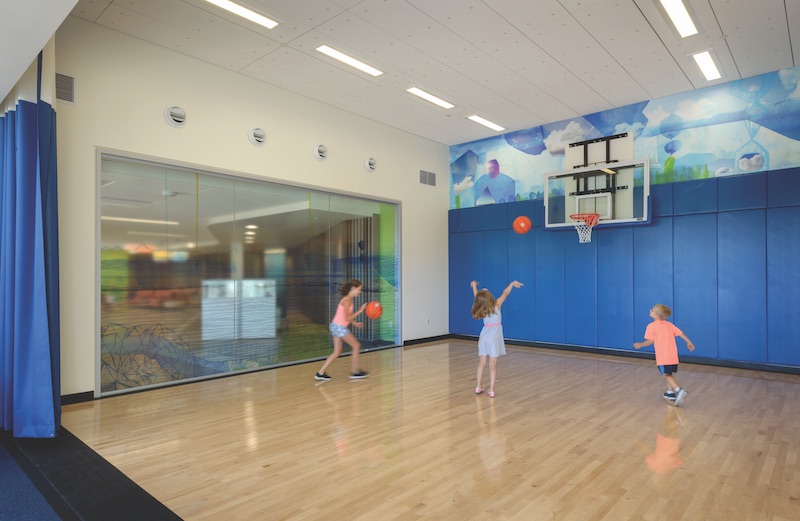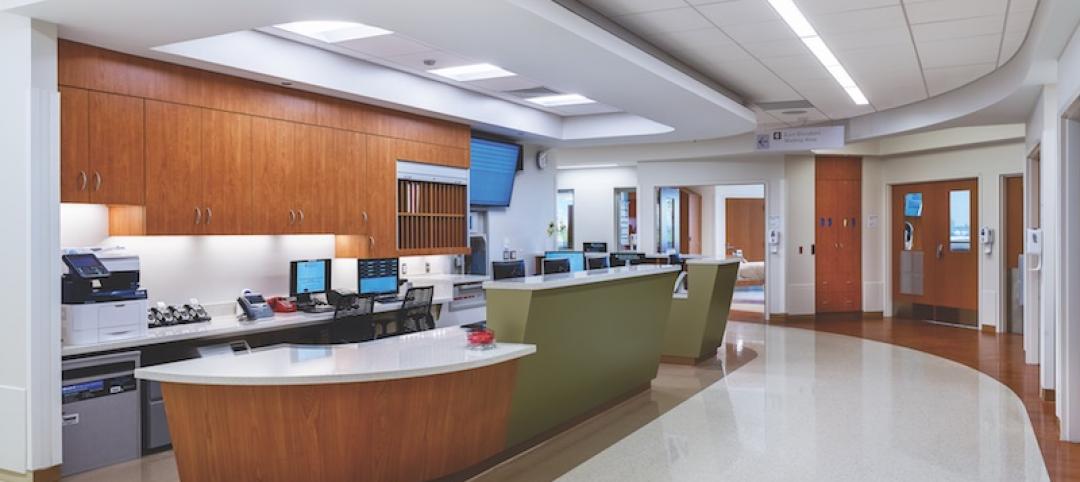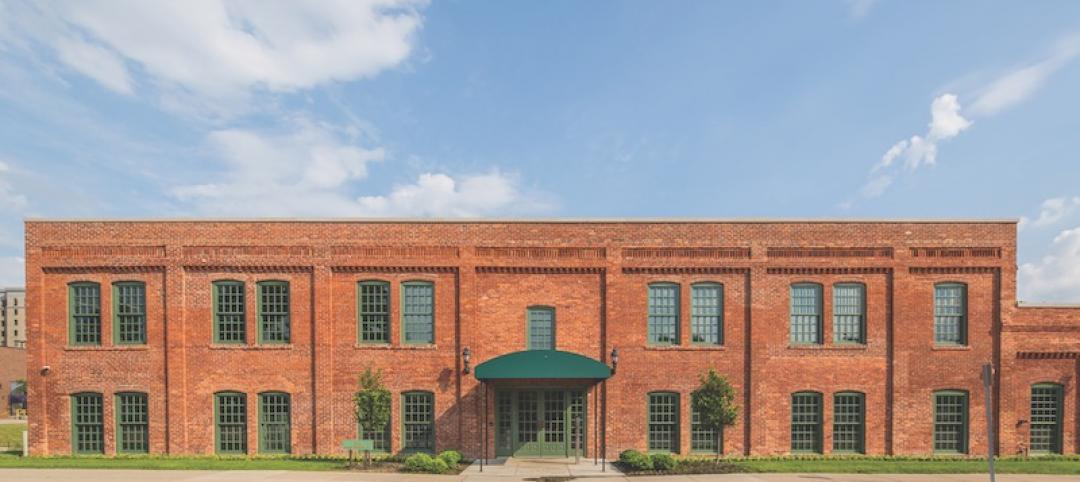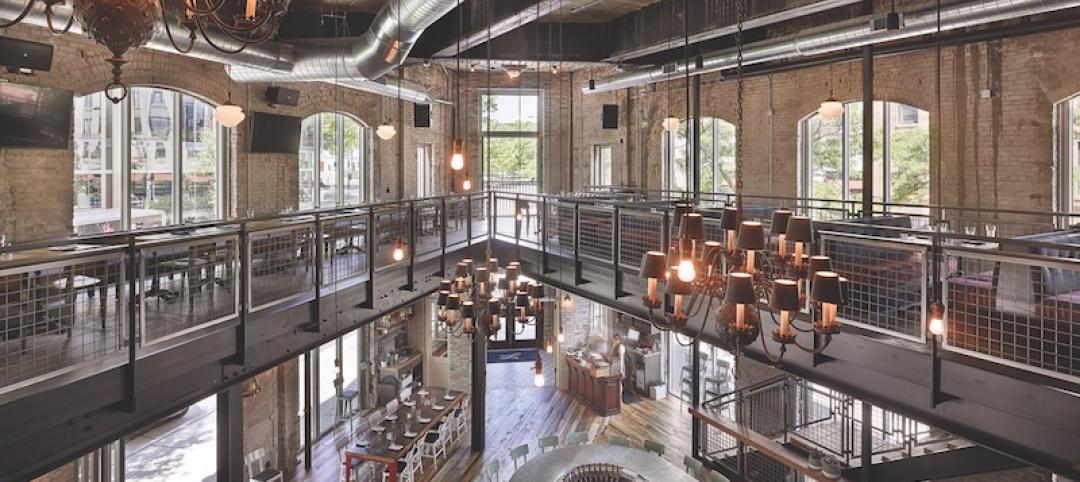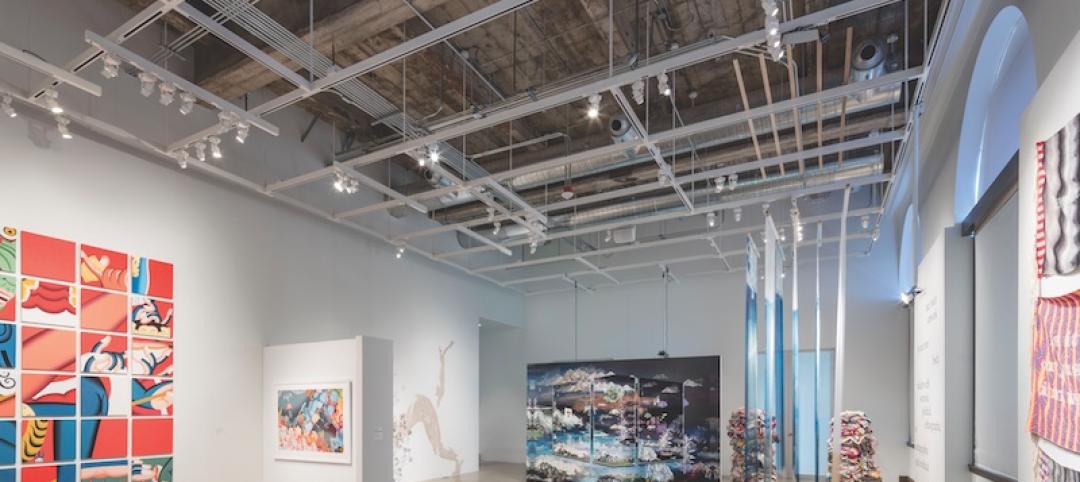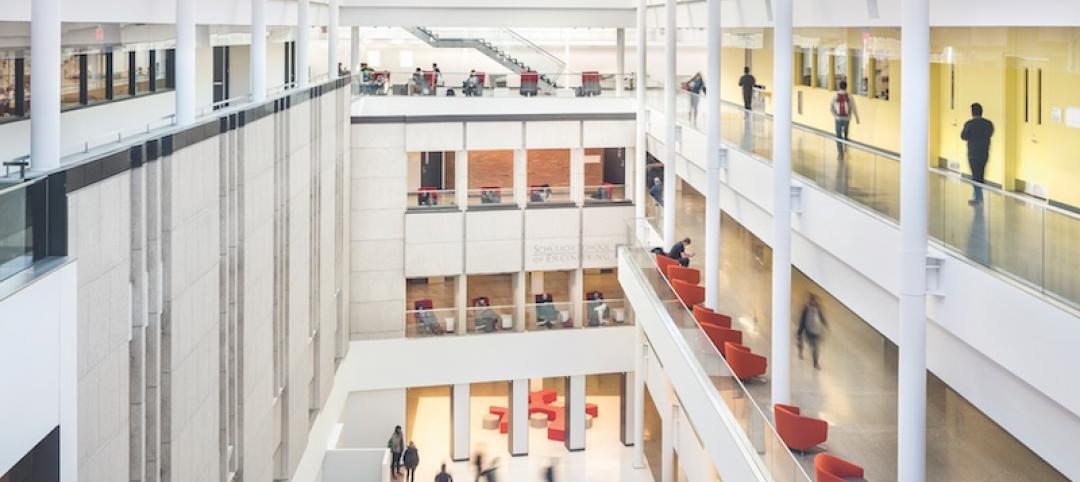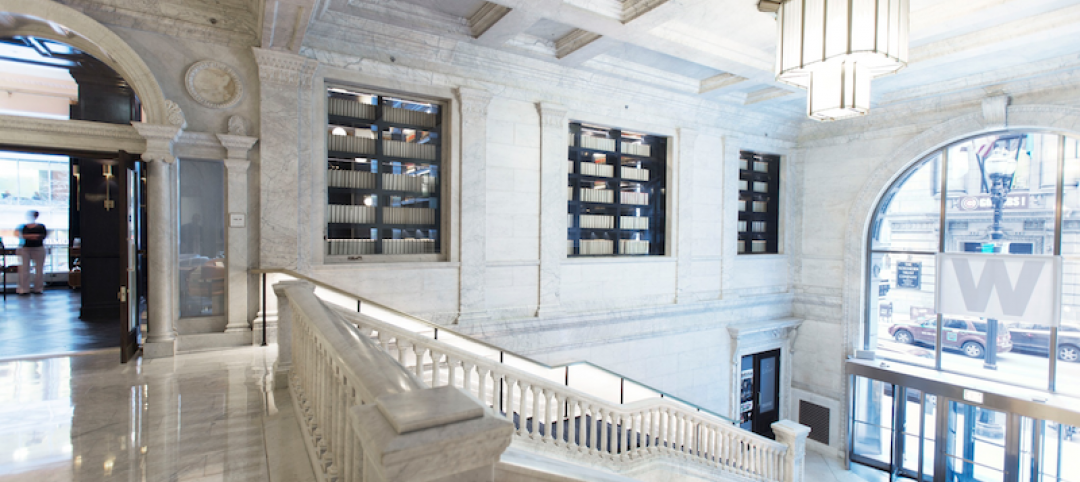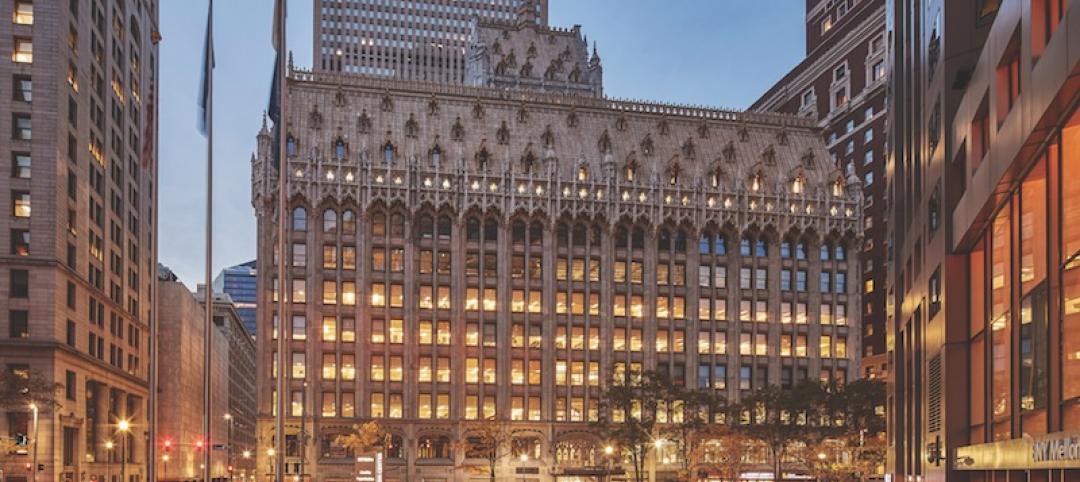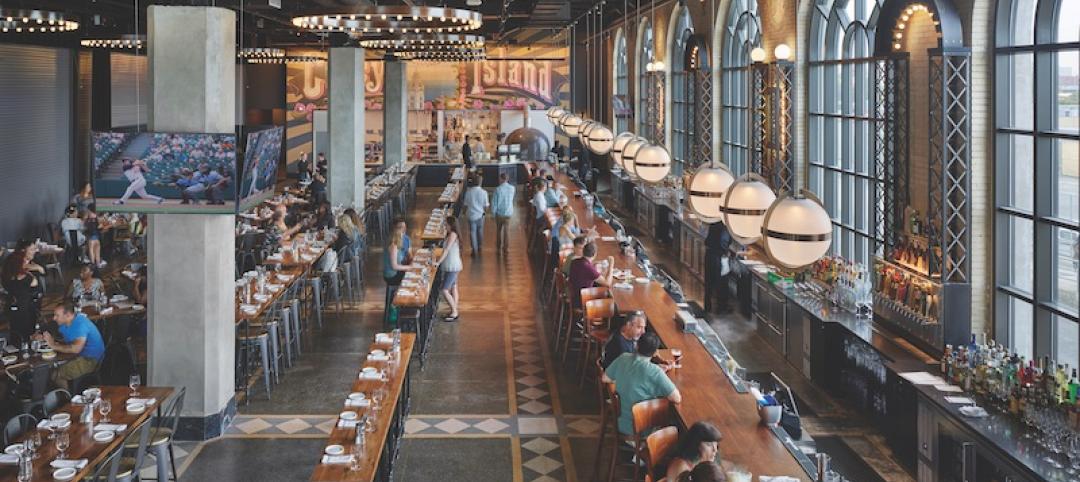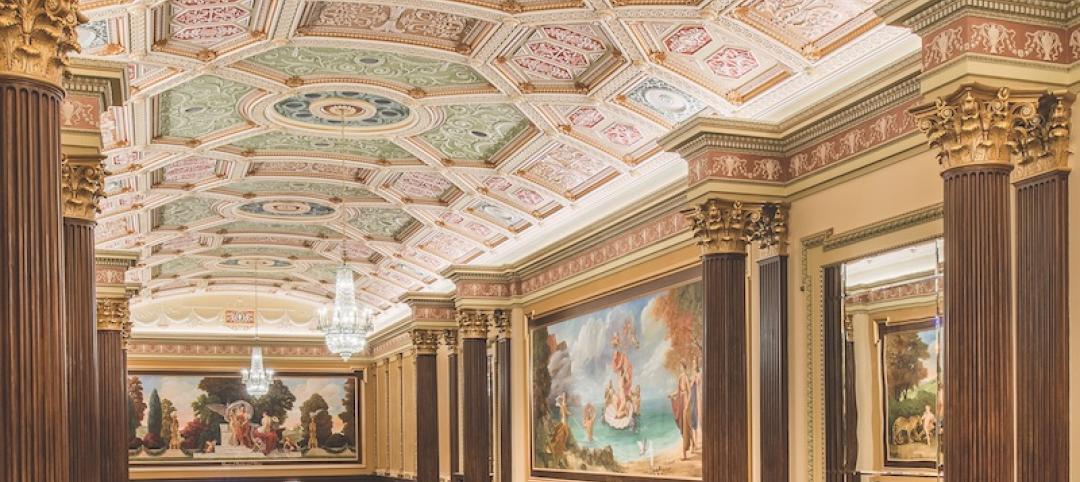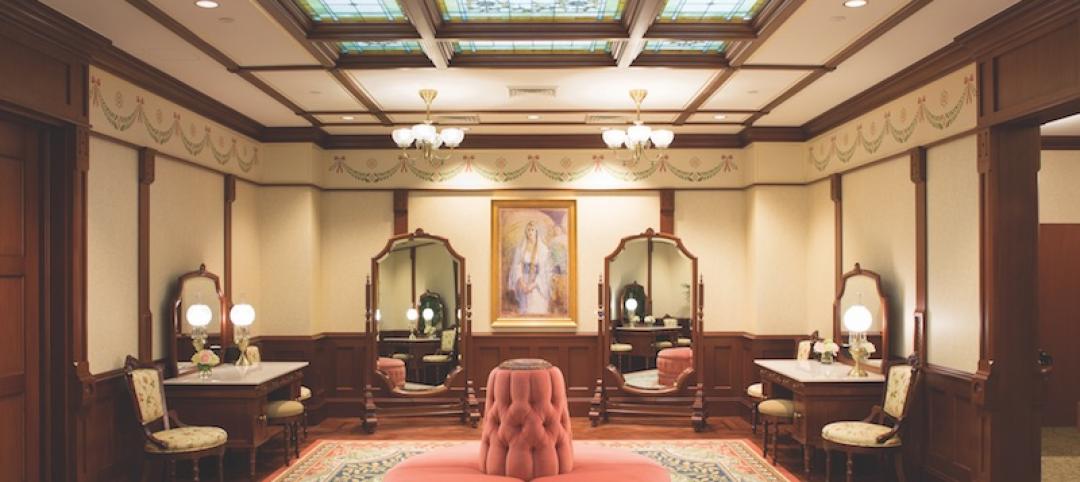A major trend in the healthcare sector is for hospitals to bring their outpatient services closer to the communities and patients they serve.
Seattle Children’s Hospital, one of the nation’s leading pediatric hospitals, has embraced the idea of opening preventive-care clinics throughout the greater Puget Sound area. In 2013, the opportunity arose to adapt a 37,000-sf former Circuit City in Federal Way, Wash., 45 miles south of the hospital’s Bellevue home base.
The hospital was attracted to the big box’s footprint: one level with wide spans between structural columns, which would facilitate a floor plan with open, flexible workspaces and modules that could incorporate labs, X-ray, ultrasound, pharmacy, and rehab therapy functions. Another bonus: the cost of adapting the big box and assuming a 20-year lease would be less expensive than leasing a medical office building in the same market.
This project could also serve as a prototype for clinics the hospital might open in other South Puget Sound markets.
“Seattle Children’s hospital is a beautiful example of adaptive reuse,” says Edoarda Corradi Dell’Acqua, Adjunct Professor at the Illinois Institute of Technology and a Reconstruction Awards Judge. “The project took advantage of the architectural and structural characteristics of the existing retail building; its location in a strip mall provides access, parking, and visibility. Furthermore, the tall ceilings and wide spaces allowed for flexible design and layout.”
The Circuit City building wasn’t exactly ideal for conversion to a healthcare facility. The hospital and its Building Team needed to come up with innovative solutions to adapt and upgrade this building, all within a 14-month construction schedule.
The client and design team, along with consultants, the contractor, manufacturers, and the city of Federal Way, engaged in 13 integrated design events to determine the best course of action to minimize waste and improve efficiency and patient outcomes. The design events advanced wider decisions, too, about the planning and program, which includes three standardized clinical modules consisting of 10 exam rooms and a team room per work area.
The most nettlesome problem was the existing building’s inability to support the mechanical and electrical improvements needed for the clinic. The solution: build an interior frame within the building so that the HVAC and electrical equipment could be installed on top of the framing. The framing also lowered the ceiling height to a more patient-friendly 10 feet, from 25 feet.
 Seattle Children’s Hospital adapted a former Circuit City, its first foray into adaptive reuse for clinic development. The reuse leveraged the retail strip’s existing parking lot and proximity to shopping destinations. ZGF Architects led 13 integrated planning meetings with the client, the city, product manufacturers, and other firms on the Building Team. Courtesy of Aaron Leitz.
Seattle Children’s Hospital adapted a former Circuit City, its first foray into adaptive reuse for clinic development. The reuse leveraged the retail strip’s existing parking lot and proximity to shopping destinations. ZGF Architects led 13 integrated planning meetings with the client, the city, product manufacturers, and other firms on the Building Team. Courtesy of Aaron Leitz.
A section was left at 16 feet high for an indoor basketball court used for pediatric orthopedic therapy and sports medicine.
The internal framing required that the building envelope be brought up to code for a healthcare facility. A seismic retrofit was conducted, with structural improvements made to existing columns.
Environmental abatement wasn’t necessary. But the hospital still decided to create a system that allows for continuous monitoring of air quality. A series of pipes was installed within a bed of gravel beneath the floor slab. The pipes run through a cavity between the ceiling and the roof, and the testing mechanism monitors the air coming from the pipes.
The client and Building Team built in more time to explore and consider design and construction options. The team also had the time to confer with the city about permits, planning, and Federal Way’s economic development goals.
Planning meetings among designers, vendors, and the contractor resolved issues for the execution of the building’s design. These meetings were particularly useful in expediting the design of the building skin.
“We brought everyone in early and allowed the sub to be an active participant to finalize the design aspects,” recalls John Schuh, Vice President with Aldrich & Associate, the project’s general contractor.
Streamlining processes and collaboration helped shave $400,000 off the overall project’s cost. Since this facility opened, the clinic has reported two major practice flow improvements: the elimination of duplicate medical records collection, and better communication of return patient visits between physicians and the reception staff.
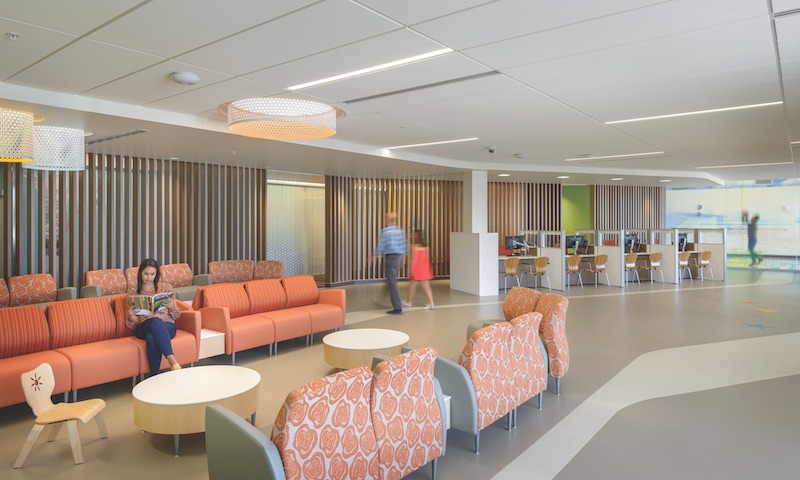
An internal building frame provided a structural backbone from which mechanical and electrical systems could be suspended. The framing supports the column-free spans that lowered the 25-foot ceiling height to 10 feet for a more appropriate visitor and patient experience. Courtesy of Aaron Leitz.
PROJECT SUMMARY
Gold Award Winner
Seattle Children’s Hospital South Clinic | Federal Way, Wash.
Building Team: ZGF Architects (submitting firm, architect); Seattle Children’s Hospital (owner/developer); Coughlin Porter Lundeen (SE); Affiliated Engineers (MP and fire protection project manager); Stantec (electrical engineer), Owners Project Resources (CM); Aldrich & Associates (GC).
Details: 37,000 sf. Construction time: August 2014 to June 2015. Construction cost: Confidential. Delivery method: Design-bid-build (GC-CM).
Related Stories
Reconstruction Awards | Nov 27, 2017
Patient friendly: The University of Chicago Medicine Center for Care and Discovery adds 203 new beds
Strict infection control and life safety measures were implemented to protect patients on other floors as work proceeded.
Reconstruction Awards | Nov 27, 2017
The birthplace of General Motors
The automotive giant salvages the place from which it sprang, 131 years ago.
Reconstruction Awards | Nov 21, 2017
Mama mia! What a pizzeria!: It started as a bank nearly a century ago, now it’s a pizza parlor with plenty of pizzazz
The first floor features a zinc bar and an authentic Neapolitan pizza oven.
Reconstruction Awards | Nov 21, 2017
Honor Guard: San Francisco’s historic Veterans Building pays homage to those who served in World War I and other foreign wars
The Veterans Building houses the War Memorial staff, the city’s Arts Commission, the Opera’s learning center and practice/performance node, the Green Room reception venue, and the 916-seat Herbst Theatre.
Reconstruction Awards | Nov 20, 2017
Eyes wide open: Students can see their new home’s building elements
The two-phase project revamped an opaque, horseshoe-shaped labyrinth of seven buildings from the ’60s and ’70s.
Reconstruction Awards | Nov 17, 2017
Gray lady no more: A facelift erases a landmark’s wrinkles, but not her heritage
The Building Team restored the granite and terra cotta façade and reclaimed more than 500 double-hung windows.
Reconstruction Awards | Nov 17, 2017
Elegance personified: New life for a neglected but still imposing retail/office space
The building was in such disrepair that much of the reconstruction budget had to go toward structural, mechanical, and electrical infrastructure improvements.
Reconstruction Awards | Nov 16, 2017
Back to the '20s: Coney Island gets a new eatery reminiscent of the past
This project included the restoration of the landmark Childs Restaurant.
Reconstruction Awards | Nov 15, 2017
Foyer fantastique: Faded images provide the key to a historic theater's lobby restoration
The restoration relied heavily on historic photos and drawings.
Reconstruction Awards | Nov 14, 2017
Hallowed ground: A Mormon temple rises from the ashes of a fire-ravaged historic tabernacle
Parts of the tabernacle’s exterior shell were the only things that survived the blaze.


